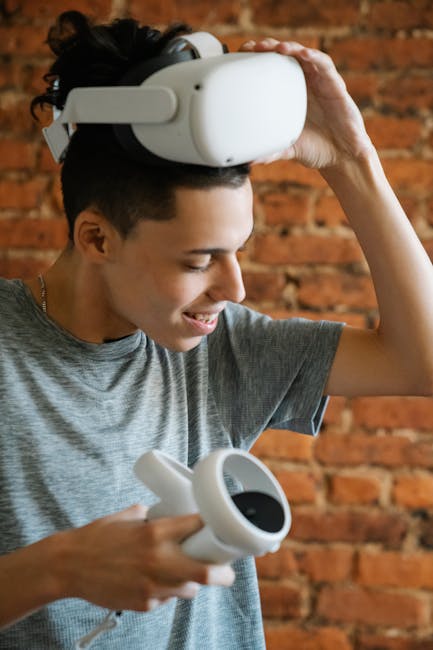
Polygraph Examinations: Myths vs. Reality
Polygraph examinations, commonly known as lie detector tests, have been a subject of fascination and controversy for decades. While popular culture often portrays them as infallible truth-telling devices, the reality is far more nuanced. In this blog post, we will delve into the myths and realities surrounding polygraph examinations to provide a clearer understanding of how they work, their accuracy, and their limitations.
What is a Polygraph Examination?
A polygraph examination is a test designed to detect deception by measuring physiological responses to a series of questions. These physiological responses typically include heart rate, blood pressure, respiratory rate, and skin conductivity. The premise is that deceptive answers will produce physiological responses that differ from those associated with truthful answers.
The polygraph machine records these physiological changes on a graph, which the examiner then interprets to determine whether the subject is being truthful or deceptive. Despite this seemingly straightforward process, the accuracy and reliability of polygraph examinations are subjects of ongoing debate.
Myth 1: Polygraphs Are Infallible
One of the most pervasive myths about polygraph examinations is that they are infallible. This belief is often reinforced by television shows and movies that depict polygraphs as foolproof lie detectors. However, the reality is quite different.
According to the American Psychological Association (APA), the accuracy of polygraph tests is estimated to be about 75% to 90%. This means that while polygraphs can be useful tools, they are not 100% reliable. Various factors, such as the skill of the examiner, the physiological state of the subject, and the type of questions asked, can all influence the test’s outcome.
Actionable Tip:
If you are ever asked to take a polygraph test, it is essential to understand that the results are not infallible. Be honest in your responses, but also be aware that the test is not a definitive measure of truthfulness.
Myth 2: Polygraph Tests Can Be Easily Fooled
Another common myth is that polygraph tests can be easily fooled by employing various countermeasures, such as controlled breathing, muscle tensing, or using mental distractions. While some people may believe they can outsmart the polygraph, this is not as simple as it sounds.
Experienced polygraph examiners are trained to detect signs of countermeasures and may ask follow-up questions or adjust the test accordingly. Moreover, attempting to manipulate the test can increase your stress levels, potentially leading to results that suggest deception even if you are telling the truth.
Example:
In a famous case, Gary Ridgway, also known as the Green River Killer, passed a polygraph test despite being guilty of multiple murders. This case highlights the limitations of polygraph tests and the difficulty of relying solely on them for determining guilt or innocence.
Myth 3: Polygraph Examinations Are Admissible in Court
Many people believe that polygraph test results are admissible as evidence in court. While this may be true in some jurisdictions, it is not universally the case. In the United States, for example, the admissibility of polygraph results varies by state.
According to a 2003 report by the National Academies of Sciences, polygraph tests are not sufficiently reliable to be used as the sole determinant of truthfulness in legal proceedings. Consequently, many courts either disallow polygraph evidence altogether or only permit it under specific conditions.
Actionable Tip:
If you are involved in a legal case, consult with your attorney about the potential use of polygraph evidence. Understanding the legal context in your jurisdiction can help you make informed decisions.
Myth 4: Only the Guilty Fail Polygraph Tests
Another widespread misconception is that only guilty individuals fail polygraph tests. In reality, both false positives (innocent individuals being classified as deceptive) and false negatives (guilty individuals being classified as truthful) can occur.
Several factors can contribute to false positives, including high levels of anxiety, medical conditions, or even the fear of being falsely accused. Conversely, some individuals, such as those with psychopathic traits, may be able to control their physiological responses and pass the test even when lying.
Statistic:
A study published in the Journal of Forensic Sciences found that polygraph tests produced false positive rates ranging from 10% to 50%. This significant variability underscores the potential for error in polygraph examinations.
Reality: Polygraphs as Investigative Tools
While polygraphs are not infallible, they can still be valuable tools in certain contexts. Law enforcement agencies often use polygraph examinations as part of their investigative process, particularly when other evidence is lacking or inconclusive.
Polygraphs can help narrow down suspects, identify inconsistencies in statements, and guide investigators toward additional lines of inquiry. However, it is crucial to remember that polygraph results should be used in conjunction with other evidence rather than as standalone proof of guilt or innocence.
Example:
In the case of the “BTK Killer” Dennis Rader, polygraph tests were used to eliminate suspects and focus the investigation. While Rader himself did not undergo a polygraph test, the information gathered from these examinations helped law enforcement eventually identify and apprehend him.
Conclusion
Polygraph examinations are complex tools with both strengths and limitations. While they can provide valuable insights in certain situations, they are not infallible truth detectors. Understanding the myths and realities surrounding polygraph tests can help you make informed decisions if you ever find yourself in a situation where a polygraph examination is required.
Remember, the key to navigating polygraph examinations is to remain calm, be honest, and seek professional advice when necessary. By doing so, you can better navigate the complexities of this often-misunderstood tool.
We hope this blog post has provided you with a clearer understanding of polygraph examinations and helped dispel some of the common myths surrounding them. If you have any questions or would like to share your experiences with polygraph tests, feel free to leave a comment below.
